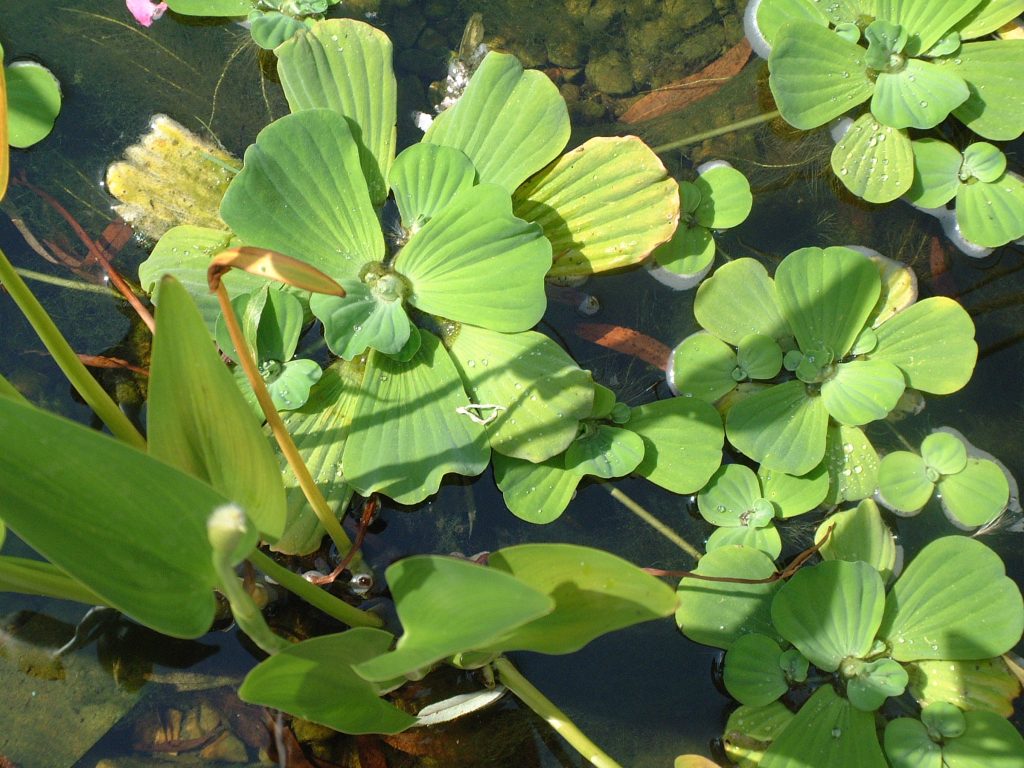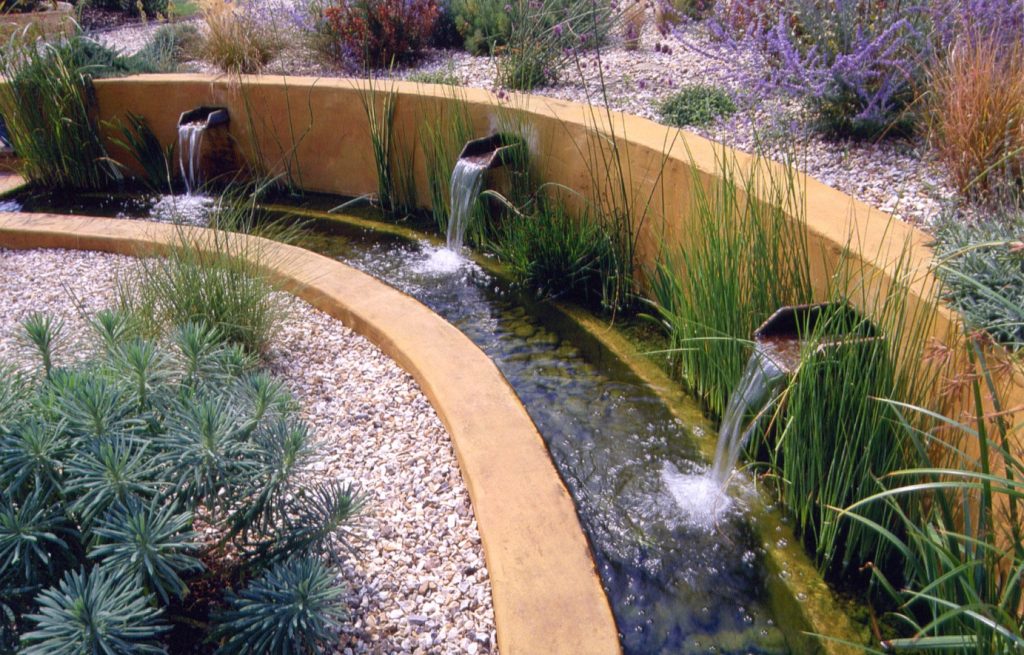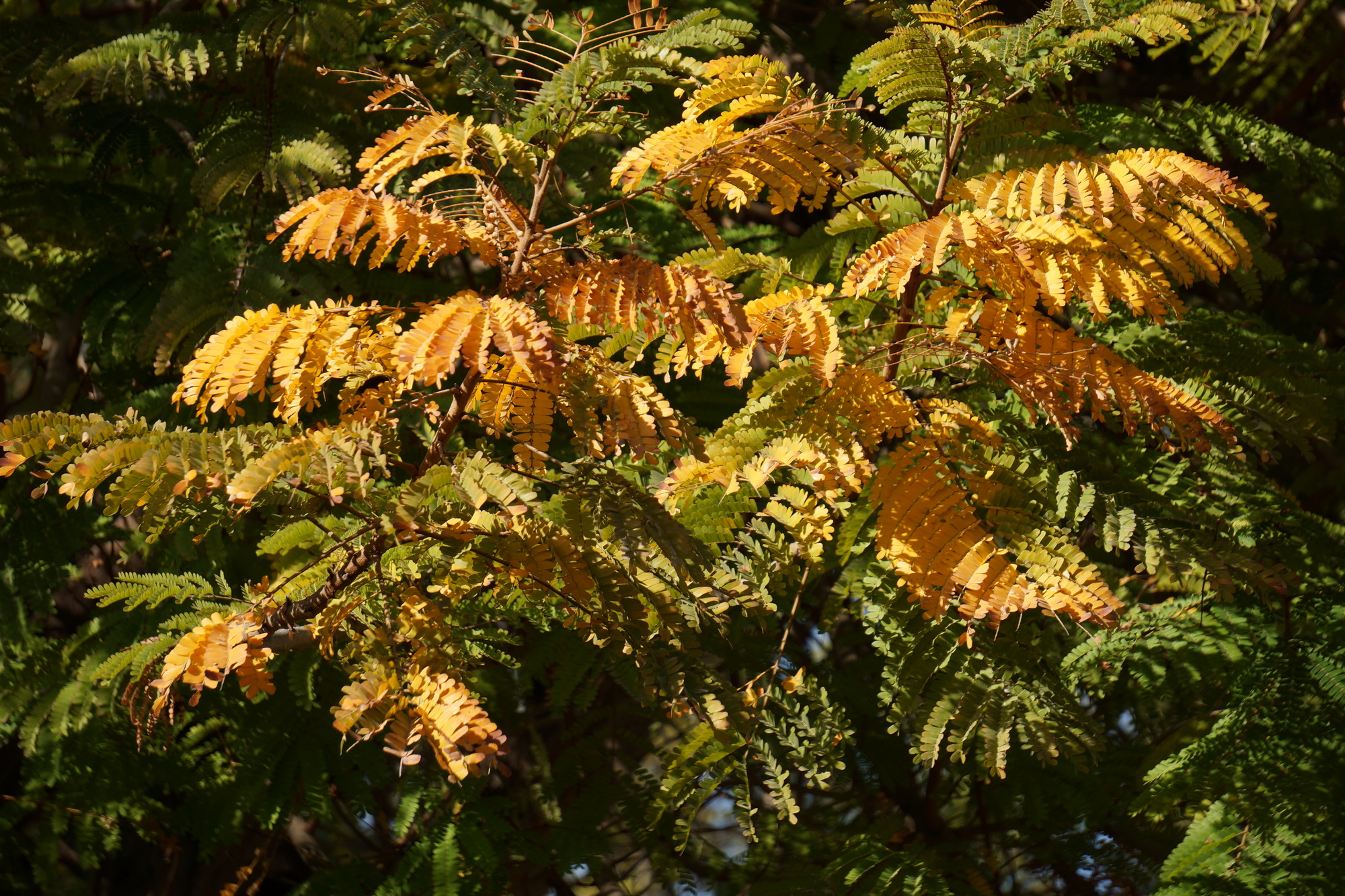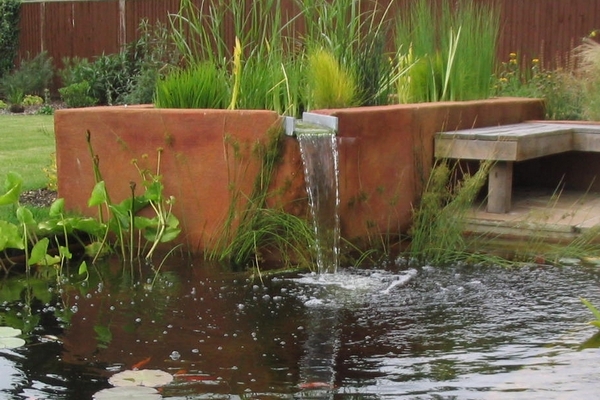The maintenance of ponds is the one thing that people seem to be the most uncertain about – it seems shrouded in myth and confusion.

Some of this is basic ignorance of simple biological structures but this is enhanced, in my view, by the profession’s over-mechanised solutions to obtaining clear water. There is also a tendency to think that a bottle of some substance can perform miracles and solve unclean water problems – but it can’t.
First lets be clear (pun intended) there is a difference between clean and clear water. A pond’s biological functioning might be quite happy with water that is healthy but carries an amount of suspended solids. The health of water is far more dependent upon keeping levels of Nitrites, Nitrates and Ammonia low; these have nothing to do with water clarity.
Our aesthetic taste demands clear water, however, and it is certainly true that pure, clean water is always the most beautiful to behold.
To obtain and keep clean and clear water, we must keep the pond in balance, so a simple understanding of water balance is useful. This involves two things; mechanical filtration to remove solids, and bacterial action to remove pollutants.
First, let’s dispel a few commonly held myths:
- You need a magic filter box with lots of plumbing entrails
- You need something called an Ultra Violet filter
- You need to test the water frequently
- You need to change a percentage of the water at intervals
A filter box gives some mechanical filtration of solids and creates a home for micro organisms to do their work. It is these bacteria that convert Ammonia into Nitrites then into Nitrates, and they are naturally existing in any aquatic ecosystem. Thus it is not the filter box that does the majority of the work but bacteria already present in the pond.
An Ultra Violet filter kills algae, which cause green water. Algae feed on nutrients available in the water – remove the nutrients and you solve the problem at source. This may be an oversimplification, but it is fundamentally true. A UV filter is therefore treating the symptoms, not the cause.
I have rarely found a situation where tests have told me anything that my eye has not. That’s not to say that tests do not have their uses but I would suggest that you can observe when a system is out of sorts. Nature is incredibly good at correcting imbalances, given a chance.
Ponds are an open system and will always lose water through evaporation, so some new water is always going to be added via the garden hose or a top-up system, preferably from harvested rainfall. Water change regimes are quite unnecessary and probably unhelpful to establishing a balanced system, which has to start again each time this is done.
It is true, however, that small garden ponds are often unstable in terms of quarter quality, for the following reasons:
- The water body is too small to maintain a stable and permanent ecosystem
- Water levels and temperatures fluctuate widely – small isolated ponds would naturally dry up
- Fish stocking levels are usually too high, creating biological overload
- There are insufficient plants and bacteria-rich medium to ensure a healthy biological cycle

All this adds up to one thing: excessive nutrients in water, leading to algae growth, lack of oxygen, cloudy water – in the end this leads to eutrophication.
You have to remember that the average sized garden pond is a mere puddle in Nature’s terms. Ponds of that size would likely be impermanent and support little life, other than in a temporary or cyclical manner. In summer a small pond would dry up unless it were fed by a stream or high water table. If it were fed by a stream, then the pond wouldn’t be a pond – it would be a bulge in the water course.
We must accept, then, that the garden pond is a highly artificial environment, which needs some help in order to remain attractive to us, and to its inhabitants. What form should that help take? Where space is severely restricted, a filter box may be the answer, for it crams a lot of bacterial housing into a small space.
The same can be done, however, by the use of natural biological filtration, which is designed to be an attractive feature of the water garden itself, rather than a utilitarian box than must be hidden. In its simplest form, this can be no more than a gravel filter bed built into a stream which feeds the pond. Planted with suitable aquatic plants, this can be a major feature and is also good where hungry fish tend to devour plants placed in the main pond.

This filter bed is built into a stream, flowing, right to left, which is pumped from a pond, to which it returns. The filter becomes an integral part of the overall design, forming an important aesthetic feature.

How big should such a feature be? Natural filtration is an inexact science, so the bigger, the better. A surface area of one quarter to one third of the pond surface area is a good guide. A more intensive system uses a vertical, rather than horizontal flow. These have a much higher cleansing rate and so can be made smaller, thus saving space. However, they are somewhat more complicated to construct. These operate on a similar principle to the plastic filter box but again, they have a huge aesthetic advantage.
I have hardly scratched the surface of this fascinating subject, but the main point is that you are helping Nature to do what she does already, rather than taking control with technology.
First published in 2008


Hello,
I find your blog useful, but would like to read about biological filtration of garden ponds in more detail. Can you recommend a book?
Thanks
Andjelko Basic
Croatia
Hi Andjelko
Most pond books won’t cover this, but ones on the subject of natural swimming ponds do. Try ‘Natural Swimming Ponds’ by Michael Littlewood, it’s quite a good book.